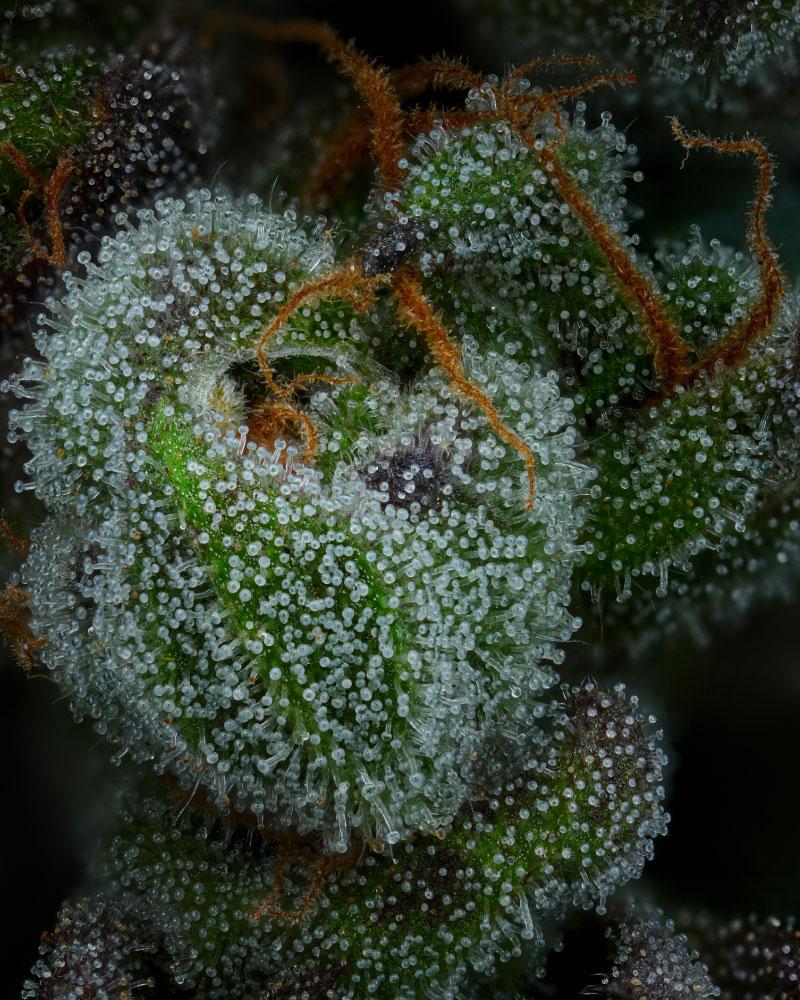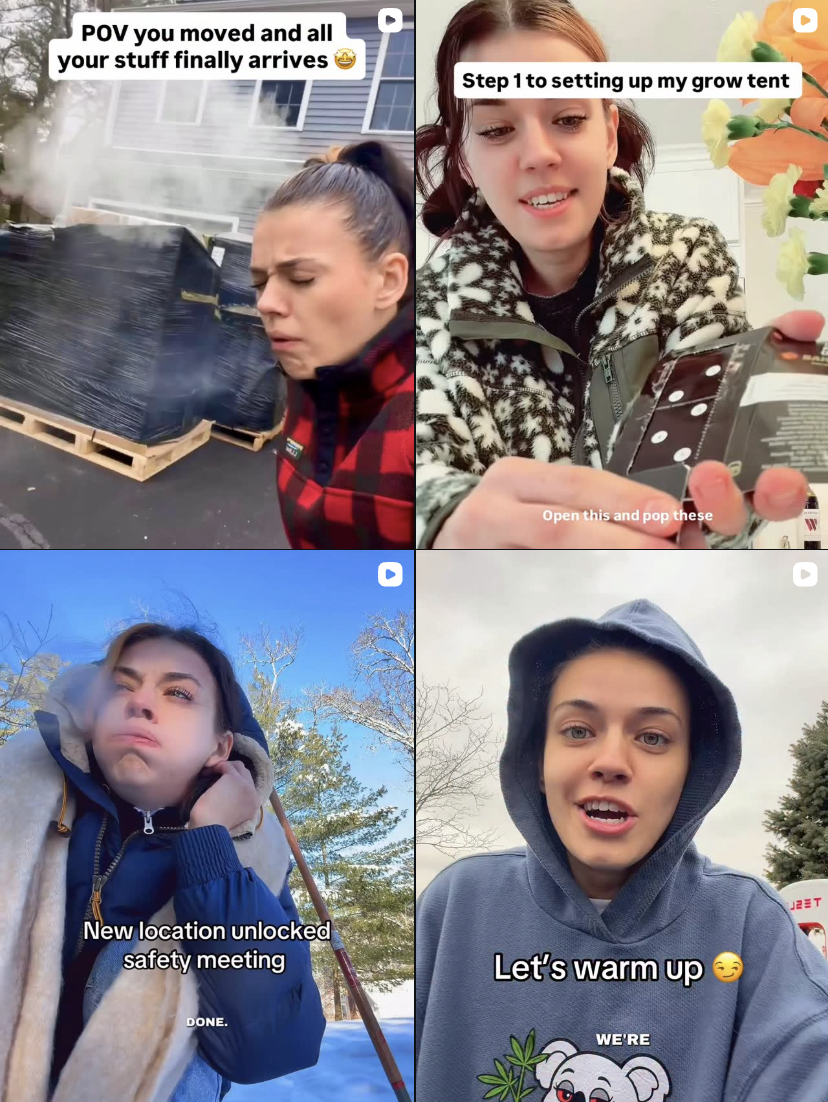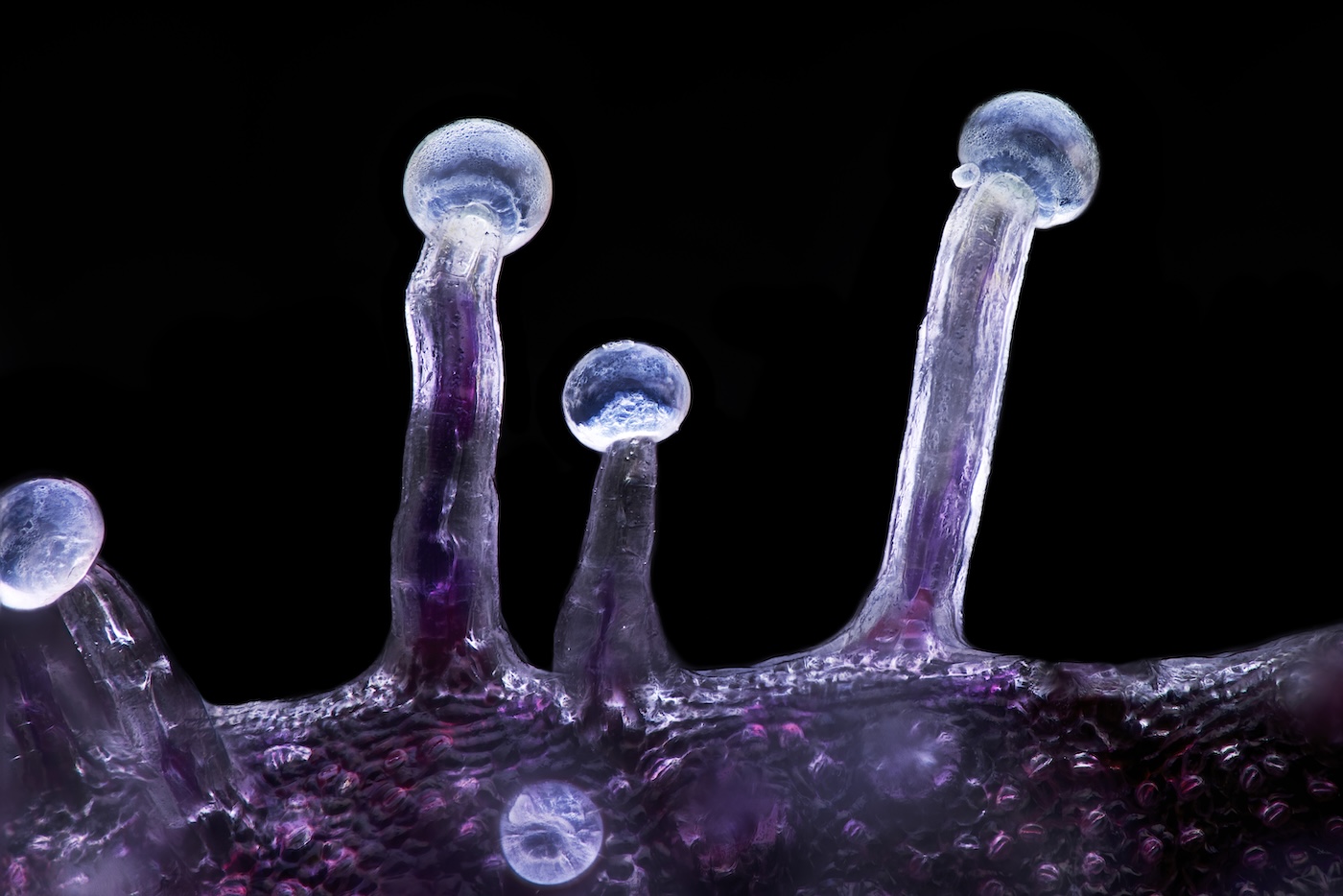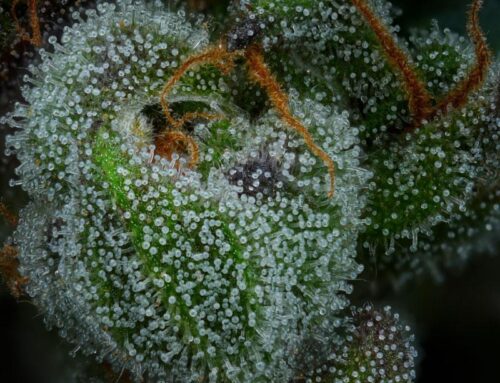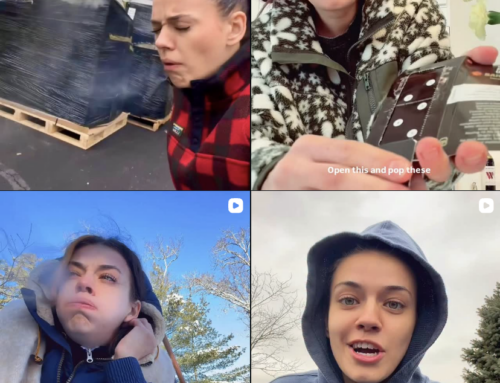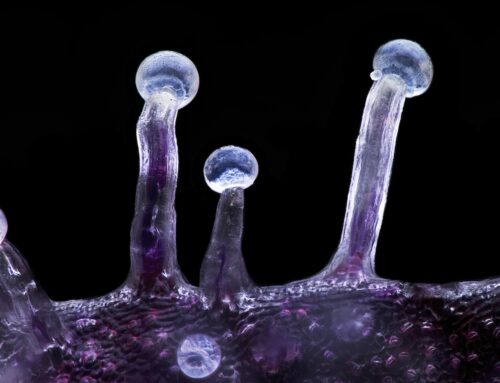How to Harvest Cannabis at the Perfect Time

Understanding key components such as the bud, stem, node, and fan leaf is fundamental to determining the right time for harvesting cannabis.
- Bud: The bud, also known as the flower, is the part of the cannabis plant that is richest in cannabinoids and terpenes. This is the section that is harvested for smoking or extraction, as it contains the compounds responsible for the plant’s effects and flavors.
- Stem: The stem acts as the plant’s main structural component, supporting both the leaves and the buds. While not particularly rich in cannabinoids, the stem is vital for transporting nutrients and water throughout the plant.
- Node: Nodes are the points on the stem where branches and leaves emerge. These critical junctures can be important indicators of the plant’s overall health and maturity. Nodes are also where growers can take cuttings for cloning.
- Fan Leaf: Fan leaves are the large, iconic leaves of the cannabis plant that are primarily responsible for capturing sunlight and converting it into energy for the plant. These leaves are generally low in cannabinoids but are crucial for the plant’s growth and development.
Timing your harvest
Determining when to harvest cannabis involves a variety of methods that can range from simply observing visual cues to more sophisticated techniques. Using the breeder’s recommended flowering days is a great start but depending on your growing conditions strains may finish sooner or later than the suggested time.
Depending on the strain and how much sativa or indica is present will change the flowering period and when the plant matures. Sativa strains can take up to 16 weeks to flower. While indica plants can finish as soon as 6 weeks.
Where the strains are grown, indoors, versus outdoors can also affect when to harvest marijuana. Local weather and pests can force a early harvest outdoors vs controlled environment indoors. Regardless of how they are grown, you can use a variety of visual cues to determine the perfect time to harvest.
By looking at the fan leaves, pistils, and trichomes you can learn how to harvest weed at the perfect time.
Fan Leaves
Although more pronounced outdoors than indoors, fan leaves will start to change color as your plant nears the end of its life cycle. While the change is less dramatic in indoor settings, the color shift in leaves can serve as an easy, albeit less reliable, indicator of crop maturity.
Leaves can change color for a variety of reasons other than senescence, such as nutrient lockout or watering issues, so it’s generally better to focus on the pistils and trichomes when determining the ideal time to harvest.
Pistils (white hairs)
Like fan leaves, pistils also undergo color changes as the plant matures. These hair-like structures on your buds evolve significantly over your plant’s lifecycle, from initial sprouting at the nodes to covering immature buds in bright white strands that reach outward.
As they mature, these pistils will change color, curl inward, and become brittle and dry. For determining peak ripeness, it’s advisable not to rely solely on pistils; some white hairs should still be present on the cannabis buds at the time of harvest. For a comprehensive understanding of ripeness and optimal harvest timing, it’s best to also examine the trichomes.
Trichomes
The resin glands covering your buds are called trichomes and they begin as clear nodules, eventually transitioning to a milky or white color, and finally turning amber. As the color shifts, so do the types of cannabinoids present. The more amber trichomes you see, the more CBN (Cannabinol) will be present. CBN is a degraded form of THC and is known for inducing a heavy, couch-lock type of high. It’s especially beneficial for medicinal purposes, including cancer treatment, chronic pain relief, and appetite stimulation.
Growers have varying opinions on the ideal ratio of white to milky trichomes. A good rule of thumb is to look for between 10-25% amber-colored trichomes for optimal harvest timing. To accurately observe these changes, you’ll need handheld magnification, such as a magnifying glass or digital microscope.
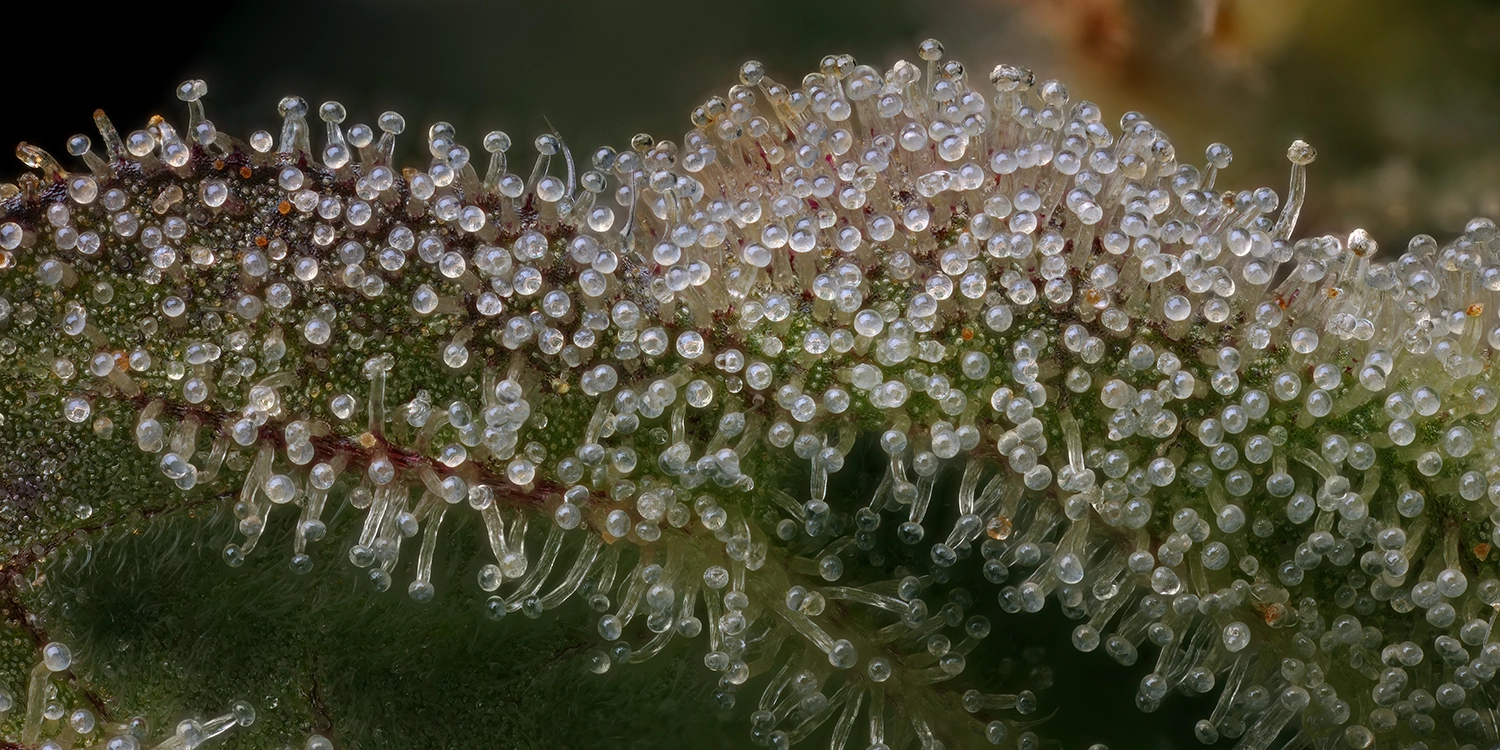
Harvesting under External Circumstances
Sometimes when to harvest marijuana is out of our control, and we must adapt to outside pressures. Factors like bud rot, unexpected snowfall, landlord visits, or unplanned moves can force you to harvest your cannabis plants early or late. Fortunately, there are ways to maximize your yield and quality regardless of the timing.
If you find yourself needing to harvest weed early, one option is to convert your entire crop into bubble hash. This can be particularly useful if you must quickly remove your plants.
How to harvest marijuana for bubble hash varies from traditional harvesting methods. First you remove all the fan leaves, trim the buds from the stems, and then place them in freezer bags to freeze immediately. This not only clears your space but also eliminates the 7-10 day drying period typically needed for harvested buds.
Alternatively, harvesting marijuana too late comes with its own set of challenges, including the degradation of THC potency and the alteration of flavor and aroma. Additionally, the aesthetic appeal can diminish if buds oxidize to the point of turning brown. In such instances, you might opt to either consume the less potent flower as-is or convert it into ethanol extracts or infusions for edibles. Due to potential oxidation, the smoke could be harsher, making edibles a more favorable method of consumption in this case.
How to cut down a marijuana plant
- Start at the Top: Begin by cutting the top buds of your cannabis plant. Make sure to cut just below a node; this makes it easier to hang your branches later. “Cut Hangers”
- Use the Stem: Utilize the stem as a makeshift hook for hanging on a drying rack. Drying racks can be DIY setups made from trellising, hangers, rolling racks, or construction string hung up across a room.
- Maintain Branch Length: Try to keep the lengths of the branches you cut similar. This will result in a more consistent and even drying time. Note that thicker stems will take longer to dry than thinner ones.
- Check Lower Buds: After harvesting the top large buds, re-examine the lower buds to determine if they should also be harvested or allowed to mature longer. Performing this two-step marijuana harvest can potentially increase both yield and overall quality.
Wet trimming vs dry trimming
During the marijuana harvesting phase, you may choose to remove the fan leaves from your plant before it dries, a technique known as wet trimming. Opting for wet trimming can offer distinct advantages, particularly if you plan to use your trimmings for infusions or extractions. Fan leaves are low in cannabinoids and resin, which means they can dilute the quality of your extracts or infusions by contributing unnecessary plant material and an undesirable hay-like flavor.
If you don’t intend to use the trimmings for anything specific, you might consider leaving the fan leaves on the plant and opting for dry trimming later. Keeping the fan leaves intact provides a protective layer for the trichomes and the buds during the curing process.
Cannabis harvest tips and trick
One important suggestion is to harvest marijuana during the early morning or late evening when temperatures are cooler. This helps to preserve the sensitive terpenes that contribute to the plant’s aroma and medicinal properties. It will also aid in keeping things cleaner as hash accumulates easily on hands and tools during the heat of the day.
Cutting down the plant in sections, rather than all at once, can offer a more manageable approach and provide a chance to evaluate when the lower buds are ready.
Once you’ve harvested, it’s crucial to move the cut branches into a dark, climate-controlled drying room as quickly as possible. The quick transition helps minimize the degradation of cannabinoids and terpenes, preserving the potency and flavor profile of your cannabis.
6 Most Frequently Asked Questions About Harvesting Weed
What does weed look like when harvesting?
When it’s time to harvest, the buds of the weed plant will be big and dense. You’ll see more darker-colored hairs (pistils) and less white hairs on the buds .
What do ripe trichomes look like?
Trichomes look like mushrooms shaped crystals dusting the buds and some of the smaller leaves. When you look at them under a microscope they look like stalks with round bulbous heads on the ends. As the ripen the will move from clear to milky in color.
Should you harvest when you see milky trichomes?
Yes, when you see that the majority of trichomes are milky this is an indicator your plant has matured, and your cannabis is ready to be harvested.
What’s the best way cannabis harvest method?
Harvesting in sections to ensure all your buds have fully matured is the best way to ensure an optimal harvest from yield to quality. Different strains will mature from the top down or the bottom up.
How long should I stop watering before harvesting?
Stop watering 1-2 days before harvesting. Depending on local conditions. It’s important not to let your plant wilt before harvest.
What happens if you don’t flush weed before harvesting?
If you don’t flush, nutrients such as nitrogen can build up in the plant. This can make the smoke harsh and affect the taste. Plants grown in organic soil tend not to require flushing to produce quality smoke vs plants grown in hydroponic substrates with synthetic nutrients.

